In the following shadertoy I illustrate an artefact that occurs when raymarching
https://www.shadertoy.com/view/stdGDl
This is my "scene" (see code fragment below). It renders a primitive "tunnel_fragment" which is an SDF (Signed Distance Function), and uses modulo on the coordinates to calculate "infinite" repetitions of these fragments. It then also calculates which disk we are in (odd/even) to displace them.
I really don't understand why these artefacts occur when the disks (or rings -> see tunnel_fragment, if you remove a comment they become rings instead of disks) present these artefacts when the alternate movement in x direction becomes large.
These artefacts don't appear when the disk structure moves to the right on its whole, it only appears when the disks alternate and the entire structure becomes more complex.
What am I doing wrong? It's really boggling me.
vec2 scene(in vec3 p)
{
float thick = 0.1;
vec3 cp = p;
// Use modulo to simulate inf disks
vec3 c = vec3(0,0,6.0*thick);
vec3 q = mod(cp+0.5*c,c)-0.5*c;
// Find index of the disk
vec3 disk = (cp+0.5*c) / (c);
float idx = floor(disk.z);
// Do something simple with odd/even disks
// Note: changing this shows the artefacts are always there
if(mod(idx,2.0) == 0.0) {
q.x += sin(disk.z*t)*t*t;
} else {
q.x -= sin(disk.z*t)*t*t;
}
float d = tunnel_fragment(q, vec3(0.0), vec3(0.0, 0.0, 1.0), 2.0, thick, 0.2);
return vec2(d, idx);
}
